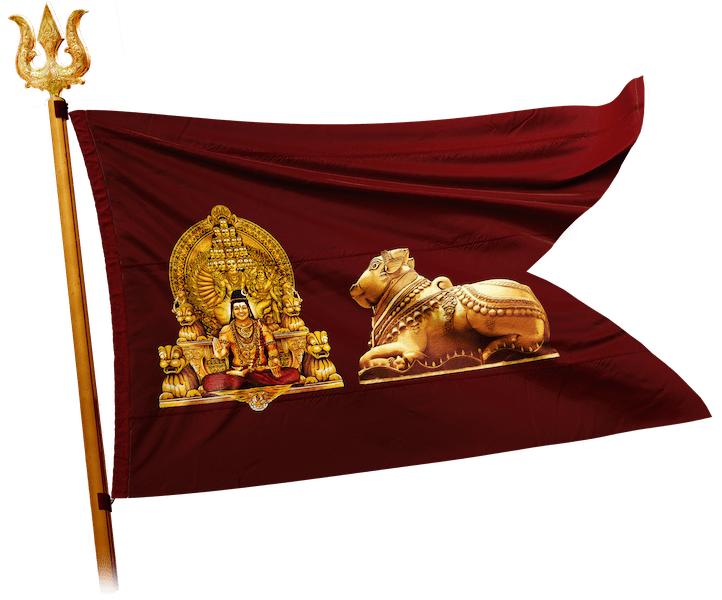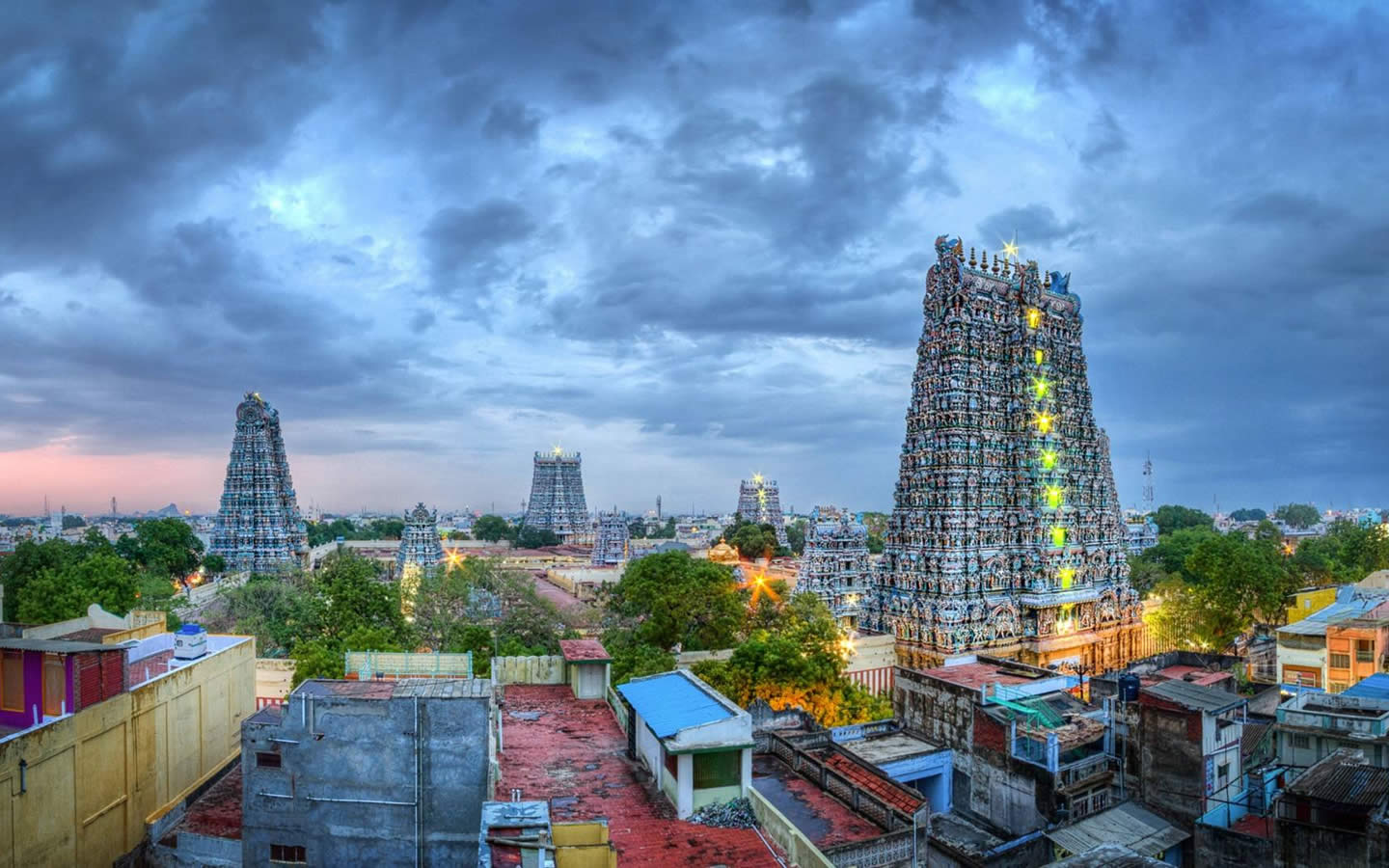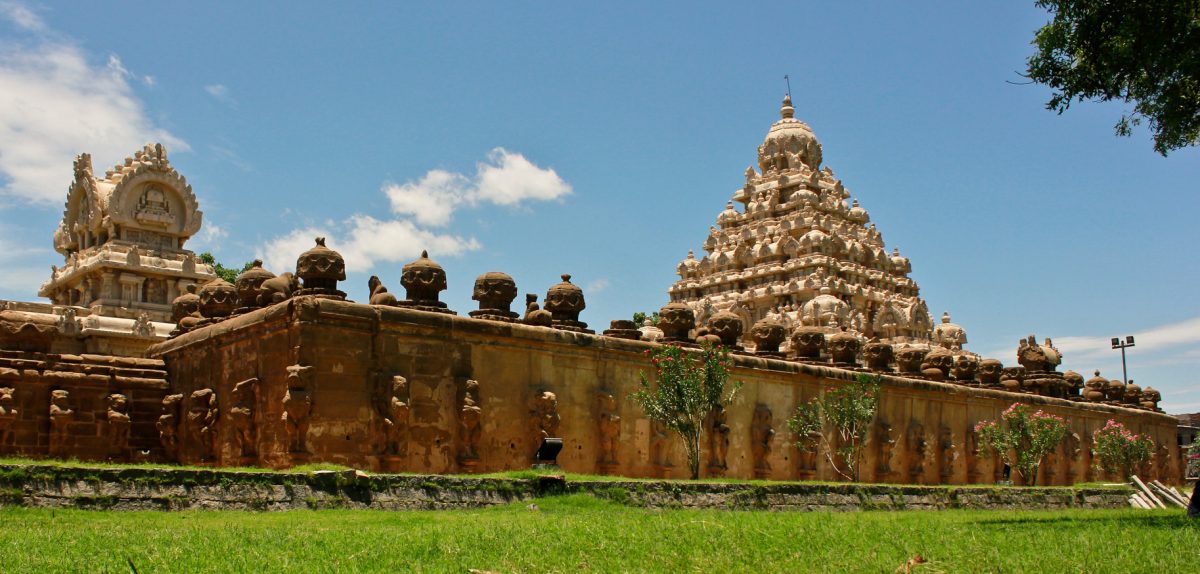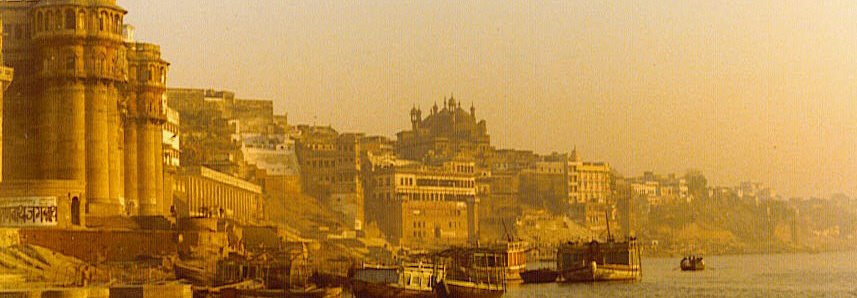Kailaasa

KAILASA is the Revival of the Ancient Enlightened Hindu Civilizational Nation which is being revived by displaced Hindus from around the world.
The KAILASA movement is founded and spearheaded by members of the Hindu Adi Shaivite minority community from Canada, the United States, and other Countries and is created for and offers a safe haven to all the world’s practicing, aspiring, or persecuted Hindus, irrespective of race, gender, sect, caste, or creed, where they can peacefully live and express their spirituality, arts, and culture free from denigration, interference, and violence.
Our Mission
KAILASA’s mission is to share with today’s world the practical applications of the science of enlightenment. Although through which we have made breakthroughs in 3 areas: (1) Education (2) Health (3) Development of Human Potential, which can directly benefit your country. The global followers of this science live in over 100 countries and form one of the most successful communities in the world because they practice these teachings. These followers have created KAILASA to bring that successful life and lifestyle to the world as a service. In this approach to diplomacy based service, KAILASA is similar to the Sovereign Order of Malta, a sovereign hospitalier-service nation which has diplomatic relations with 110 countries.
Our Vision
KAILASA is an apolitical Nation whose vision is enlightened living on all humanity. Towards this goal, it is dedicated to the preservation, restoration and revival of an enlightened culture and civilization based on authentic Hinduism that was once practiced freely in over 56 nations across the continent from Afghanistan, India, Nepal, Burma, Sri Lanka, all the way to Singapore, Malaysia, Cambodia and Indonesia, but is now facing extinction due to persecution over a millennium. As a nation, KAILASA is peaceful, sovereign, service-oriented and represents an ideology, rather than a territory. It is rooted in the fundamental principle of Advaita or Oneness – the idea that all beings can live in peace and harmony, and that all human beings are equal and divine, and can reach their highest potential irrespective of their color, nationality, religion, gender or race.
The Glory And Loss Of “Kailaasa”
“Kailaasa” existed as glorious ancient, indigenous, aboriginal, and religious Hindu Samasthānas (Kingdoms) which used to be Sovereign Samasthānam or Peetha (Spiritual Kingdoms) and Sāmrājya (State) as described below.
In Hinduism, each Spiritual Seat under which functioned as kingdoms was established by Paramaśiva Himself as an “enlightenment ecosystem”. The Guru was the representative of the Principle assuming the Seat. He was the Constitutional Head and functioned as the President. The kings were the executive heads and functioned as the Prime Minister. Even during times of war, the Guru used to hold the Constitutional authority and the authority of the State Head. He used to hold the entire ecosystem together and when the war was over, whoever won would be coronated as the successor king. This, even during the period of war, the civil society never experienced instability in administration.
In the event the king died without a successor, the Guru held the position of the king and maintained the ecosystem. If the Guru left the body before appointing a successor, the kings used to choose the appropriate successor among the disciples of the Guru, and hold the monastery until the successor disciple assumed the Seat of the Guru. This is the way the enlightenment ecosystem was kept alive. Each of the below-mentioned kingdoms of Hinduism is one such enlightenment ecosystem of Kailaasa established by Paramaśiva Himself, and ruled by the various representatives/incarnations of Paramasiva, with the regent Kings functioning as the executive head, the current incarnation of Paramasiva being The SPH Bhagavan Sri Nithyananda Paramashivam.
1. The Sūryavaṃśa (Solar Dynasty) Lineage, represented by the Kailaasa Paramparagatha Sūrya Vaṃśa Sarvajnapeetha Surangi Samrajyam
(Seat), established by Bhagavān Śrī Paramaśiva, revived by King Ikṣvāku, son of Manu, in which incarnated Bhagavān Śrī Rāma who performed the Aśvamedha Yagña (ancient powerful horse sacrificial ritual found in Hindu source scriptures) to establish suzerainty over the entire planet earth.
Above: Puri Jagannath Temple administered by the Kings of the Surangi Kingdom
2. The Kailaasa Paramparagatha Suvarnapeetha Sarvajnapeetha Swargapuram Samrajyam was established by Paramaśiva and later ruled over the Chola and Chera Kingdoms (South India).
3. The Kailasonnata Dvadashanta Shyamala Peetha Sarvajnapeetham, established by Paramaśiva, with its capital at Madurai, ruled the Pandya Kingdom, through the Madurai Aadheenam (ancient temple-monastery), revived by Mīnākṣi, the Goddess Incarnation and Queen of Madurai, during which time the Pandya kingdom extended its rule over the entire 59 nations that at the time constituted Planet Earth.
Above: The Temple City of Madurai Capital of Queen Mīnākṣi who established the Madurai Aadheenam. The Madurai Mīnākṣi Temple (seen above) was owned and Administered by the Madurai Adheenam for millennia till a few decades ago when it was grabbed illegally by the Indian Union
4. The Kailaasa Paramparagatha Adi Shaiva Sarvajnapeetha Thondaimandala Samrajyam, the oldest Sarvajñapiṭha (Seat of Infinite Knowledge), established by Paramaśiva with its capital as the City of Kanchipuram (Tamil Nadu, India), ruling the Thondaimandala Kingdom, through the Thondai Mandala Aadheenam (ancient temple-monastery in South India). Paramaśiva taught the Source scripture – Śrimad Kāmikā Āgama to Devī Parvāti here. Hence this place is also known as Kāmikā Peetham (Peetham – Spiritual and Ruling Seat of Establishment. The exact location where the Āgama was delivered is under the sacred Mango tree in the Ekambareshwarar temple (picture of the temple and tree below).
Above: Ekambareshwarar temple in Kanchipuram with the sacred Mango tree under which Paramaśiva delivered the Kāmikā Āgama to Devī Pārvati.
Above: Kailaasanathar Temple, Kanchipuram
5. The Kailaasa Paramparagatha Adi Peetha Sarvajnapeetha Dhyana Peetha Matha, established by Paramaśiva in Karnataka, South India.
6. The Kailaasa Paramparagatha Adi Arunachala Sarvajnapeetha Samrajyam established by Paramaśiva Himself as Arunagiri Yogiśvara, ruling the world both spiritually and politically from the Kingdom of Tiruvannamalai, South India.
7. The Kailaasa Paramparagatha Bhāgyanagara Sarvajnapeetham established by Paramaśiva, ruling the Satavahana and later Vijayanagara Kingdoms (present day Hyderabad, South India).
8. The Kailaasa Paramparagatha Mahanirvani Peetha Sarvajnapeetham (also called Sri Panchayati Akhada Mahanirvani) with its headquarters in Haridwar, North India, founded by Paramaśiva, organized by Śrī Kapila Mahāmuni, founder of Sānkhya philosophy that is the basis of all Hinduism, revived later by Ādi Shankara, whose ascetic warriors were the single main factor why the Islamic Invasion of India did not make India into an Islamic country like they did in Iran, Iraq, Afghanistan and so on even after trying for 600 years, ruling India, and protecting it through its brigades of weapon-wielding Hindu ascetics.
9. The Kailaasa Paramparagatha Agni Vamsa Sarvajnapeetham Pallava Samrajyam in Puducherry which was part of the Pallava Empire in the 4th century. The SPH revived this high energy field and re-established the enlightenment ecosystem.
10. The Pītha (Seat) of Ruling in Tiruvarur established by Paramaśiva, known as the sacred place where Chandra (the Lunar God) sat in tapas (penance) and was liberated by the Grace of Paramaśiva and His Divine Consort Devī (Feminine Cosmic Divinity) who came as Mother Jñānambika, where she created a Chandrapushkarini – pond for Chandra (the Lunar God) to take a dip and be dispelled of his ignorance and attain salvation, and later ruling as the Kailaasa Paramparagatha Sūrya Vamsa Sarvajnapeetha Adi Chola Samrajyam through the reign of Raja Raja Cholan and his successors ruled over not just India but also the entire region of SouthEast Asia then known as the kingdom of Kamboja (current day Cambodia).
11. The Pītha (Seat) of Ruling in Thanjavur established by Paramaśiva and later ruling as the Kailaasa Paramparagatha Sūrya Vaṃśa Sarvajnapeetha Chola Samrajyam which through the reign of Raja Raja Cholan and his successors ruled over not just India but also the entire region of SouthEast Asia then known as the kingdom of Kamboja (current day Cambodia).
12. The Pītha (Seat) of Ruling in Vedaranyam and Panchanadikulam established by Paramaśiva and later ruling as the Kailaasa Paramparagatha Surya Vamsa Sarvajnapeetha Noothana Chola Samrajyam which through the reign of Raja Raja Cholan and his successors ruled over not just India but also the entire region of SouthEast Asia then known as the kingdom of Kamboja (current day Cambodia).
13. The Kailaasa Paramparagatha Atal Peetha Sarvajnapeetham, one of the oldest spiritual kingdoms of ascetic warriors in India established by Paramaśiva and appointed Gaṇeśa (Paramaśiva’s own son) as head, ruling from its capital city of Multan, in present day Pakistan, protecting India from Islamic invasions. At present it functions in Varanasi.
Above: Varanasi, the Oldest Living City in the World
At the time of India gaining independence in 1947, the British before handing over the reins of power to India signed agreements with each of these ancient, indigenous, aboriginal, religious and independent Hindu Kingdoms giving them the choice to remain Independent, join the Indian Union or the Islamic state of Pakistan and most Kingdoms chose to remain Independent while some like Hyderabad wanted to join Pakistan.
After independence, in an illegal campaign of conquest, the self declared secular state of India began to threaten each of these Kingdoms with military action, assassinations and violent destruction and managed to annex the territories and wealth of these Kingdoms by imposing on their rulers fraudulent one sided agreements.
This war of aggression and immoral action on the part of the Indian Union by Sardar Patel and others was blatantly illegal as in many cases the Kings who were merely regents of the presiding deity. never had the right to give away the Kingdoms in the first place. And as per natural law, when the Kings abdicated their thrones, by default, the Kingdoms’ ownership fell back to the original ruler namely the spiritual head (currently The SPH, as the incarnation of Paramasiva) or the presiding deity.





